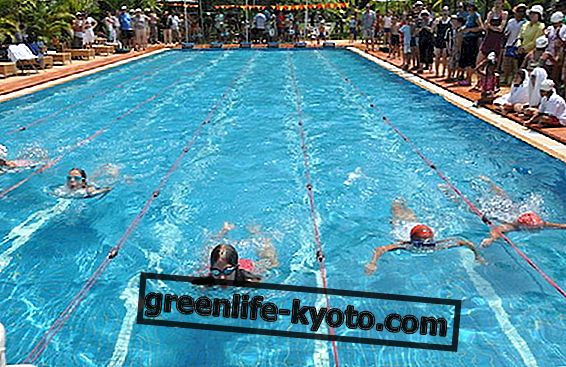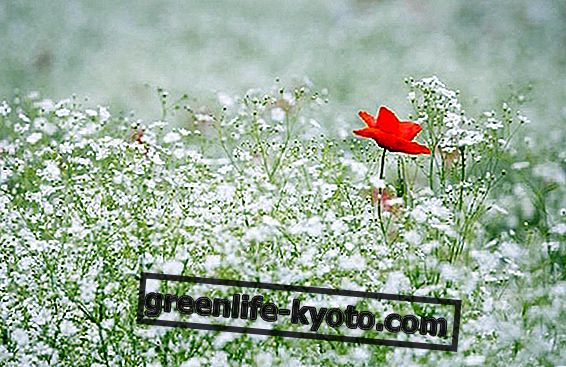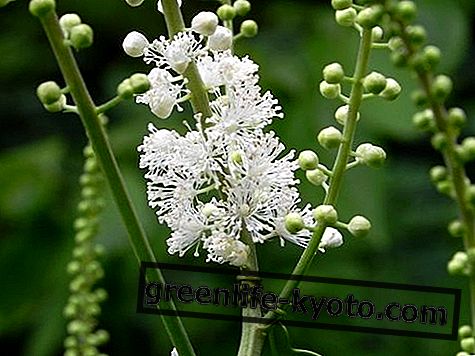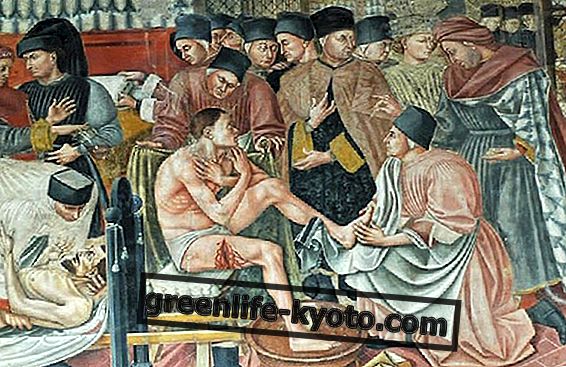
Legendary character of the Taoist tradition, Chang San Feng was an expert monk of martial arts, alchemy and acupuncture. A man of admirable physical and mental abilities: not only did he invent tai chi chuan and the 12 basic martial forms, but they say he had also memorized many books after his first reading.
The legendary life of Chang San Feng (1270 AD - immortal)
Chang San Feng is a character surrounded by an aura of mystery that mixes credible historical data and stories that blend between Taoist myths and tales of Chinese popular culture. Historical sources describe him as a man of remarkable stature, "build of a turtle", in terms of solidity, "back of a crane", in terms of flexibility.
Chang San Feng grew up in the temples of the Shaolin monks, completed high-level studies in the literary and philosophical fields and was "obsessed" by one aim: to create a martial system that would be the bodily expression of Taoism. Monk, ascetic, alchemist, Chang San Feng spent his life studying the body, the cycles of nature and the regulation of the internal vital energy called qi .
Legend has it that both in winter and in spring he wore a simple cloth suit and a surcoat of braided rushes. Regardless of fame and fame, he gave himself up to the life of a hermit when he reached both. He traveled throughout China and when he devised an actual martial system, based on both internal and external energy and strength, he built a hermitage on the famous Mount Wudang where he developed the 12 martial forms from which many external and internal styles derive, he created the 108 form of yang-style tai chi chuan gave birth to a first codified form of self-defense techniques. The legend of Chang San Feng is still very much alive in oriental culture; Chinese television in 2002 produced a drama - a sort of demented action movie with episodes - entitled (Young Chang San Feng, (Original title: The young Zhang Sanfeng) .
Chang San Feng and the Taoist philosophy
Chang San Feng is perhaps the figure that best sums up the precepts of the Taoist philosophy. The Taoists theorized and put into practice a whole series of tricks, ideas, mental and physical exercises functional to a single purpose: immortality.
In Chinese, the word "immortality" is made up of the xian ideogram that identifies the words "person" and "mountain". Now, in some Chinese texts this immortality is the metaphor for a healthy life that leads to a peaceful transition; in this sense, one could venture and approach the Taoist philosophy to the thought of Seneca. If then the spirit reaches certain heights of exterior and interior research, then we can speak of total descent, actual immortality .
Eating, breathing, feeling, saying, moving the body in a certain way: all this would lead to eternal life. Chang San Feng, who was an athlete, scholar, traveler, at the end of his life became an ascetic. And that end turned out to be a new beginning, as happens with every self-respecting immortal.
Chang San Feng, the snake, the crane
Many sources recognize Chang San Feng as the inventor of Tai Chi Chuan Taoist gentle internal martial art. Legend has it that the inspiration came to him after observing the combat between a crane and a snake ; seeing the two animals challenge each other, he was attacked by the idea of creating a style of struggle that combined lightness and agility and was built on the principle of the Tao, according to which it is necessary to absorb the opposing forces without trying to subdue them or conquer them.













